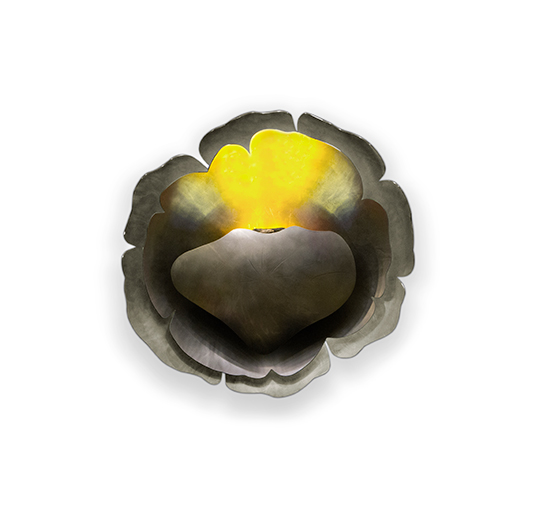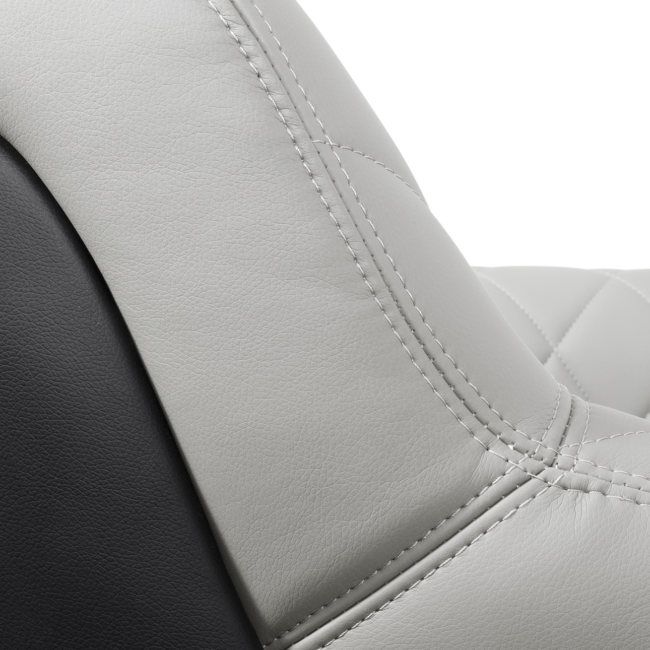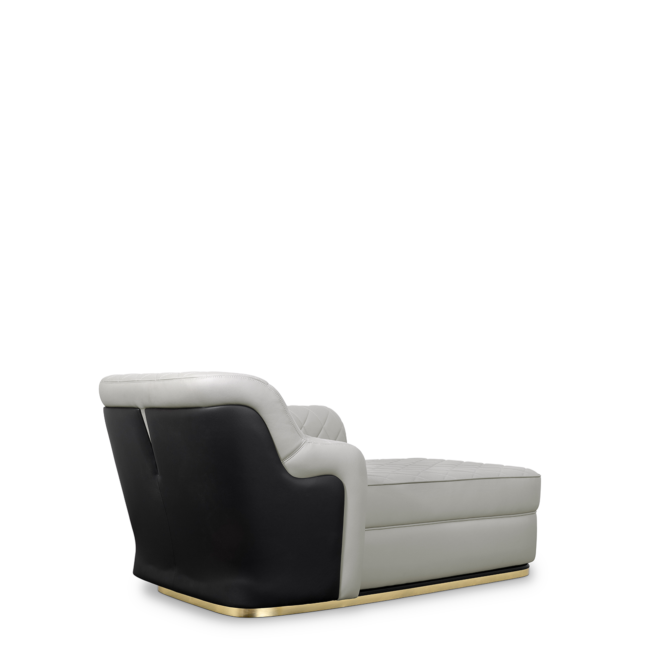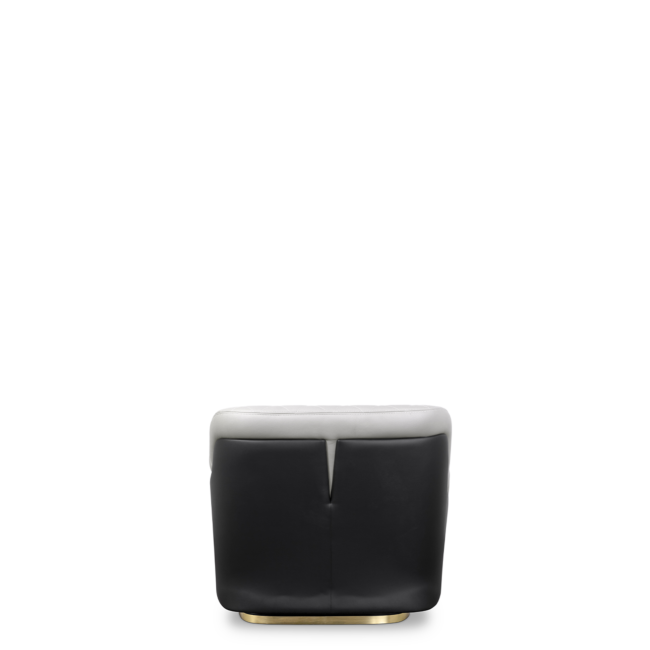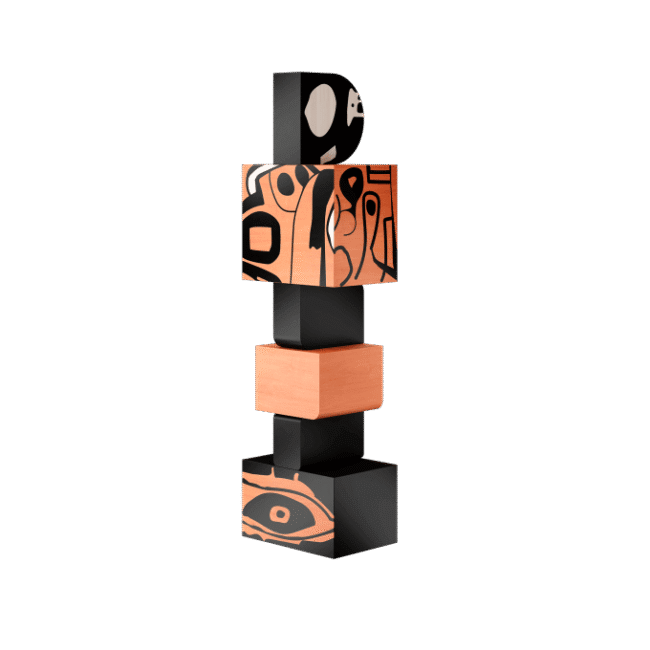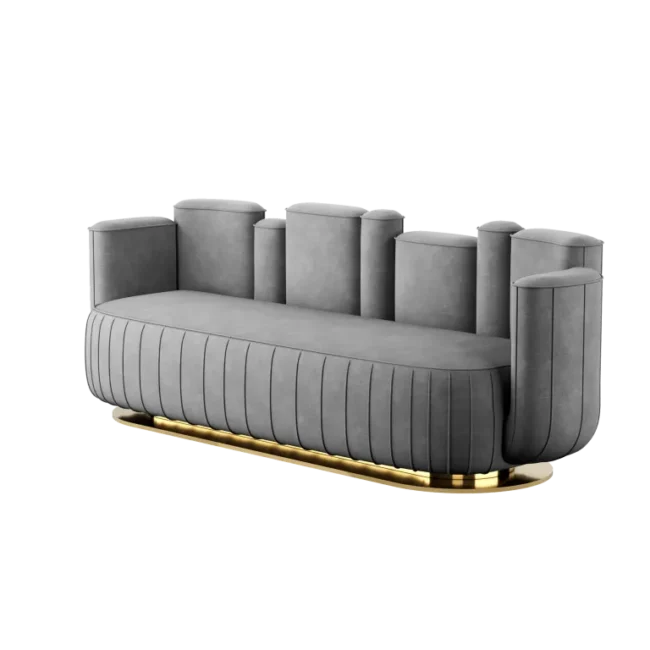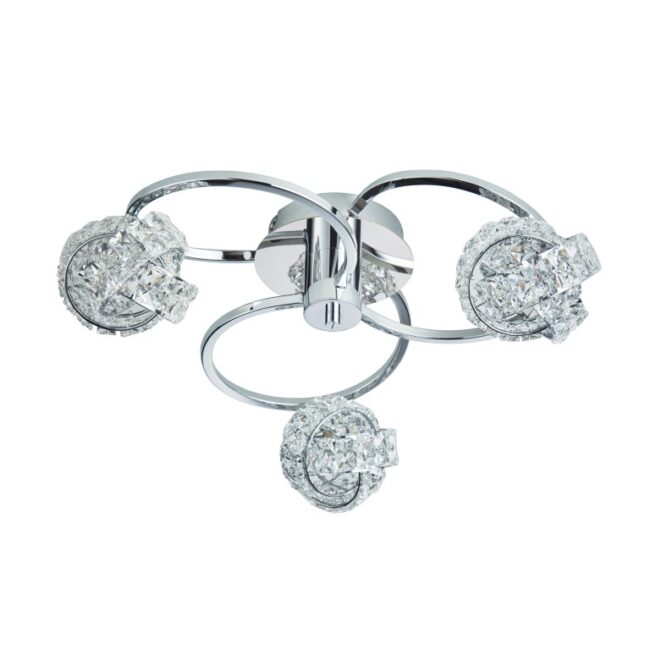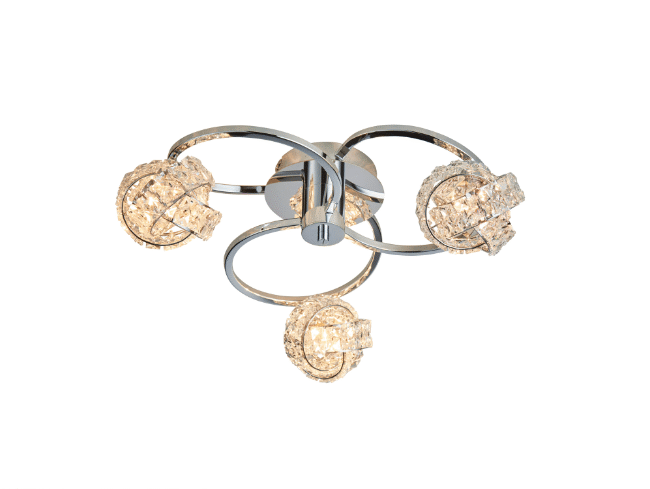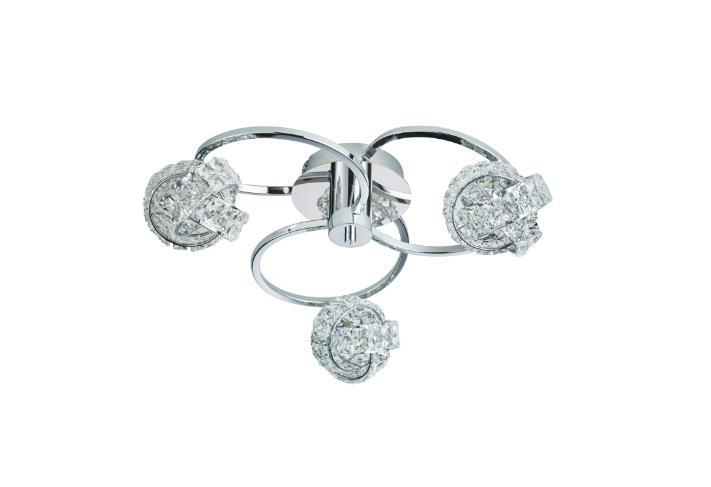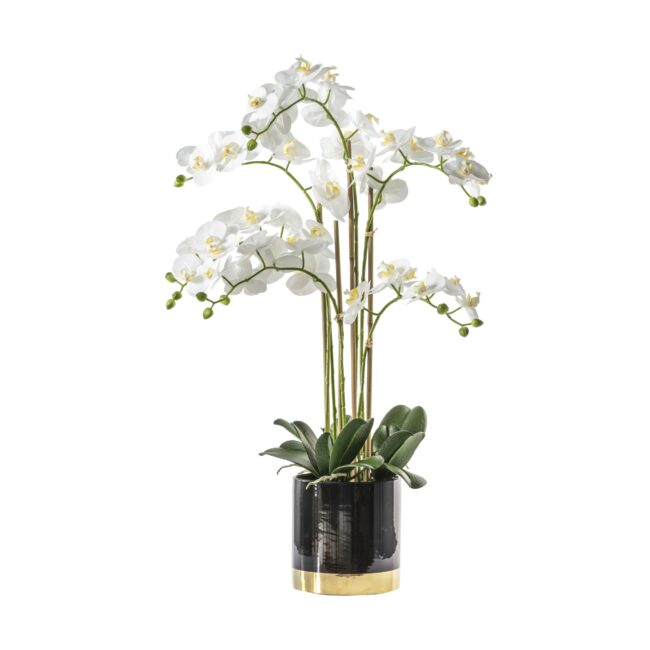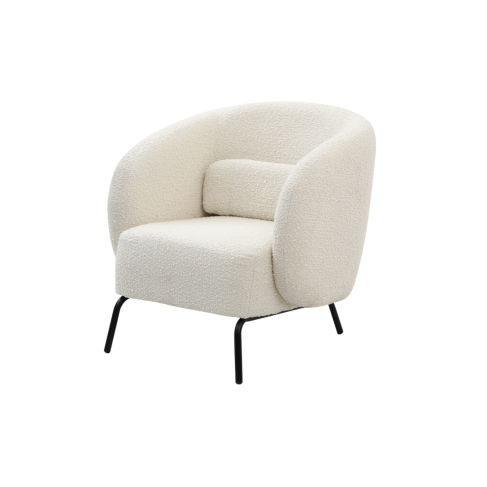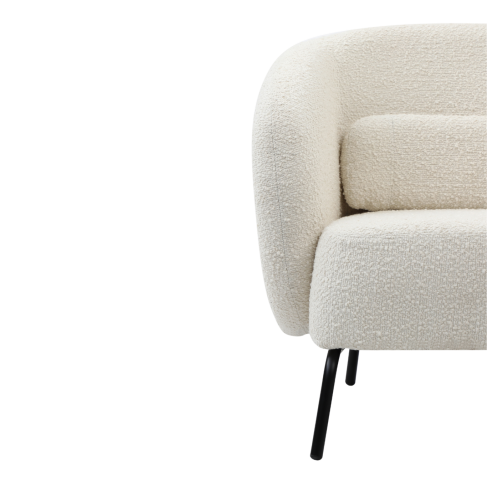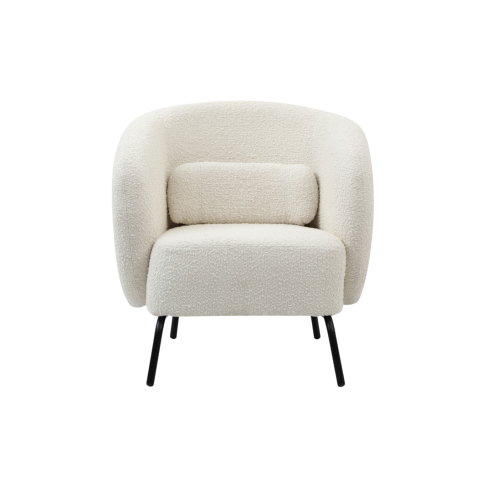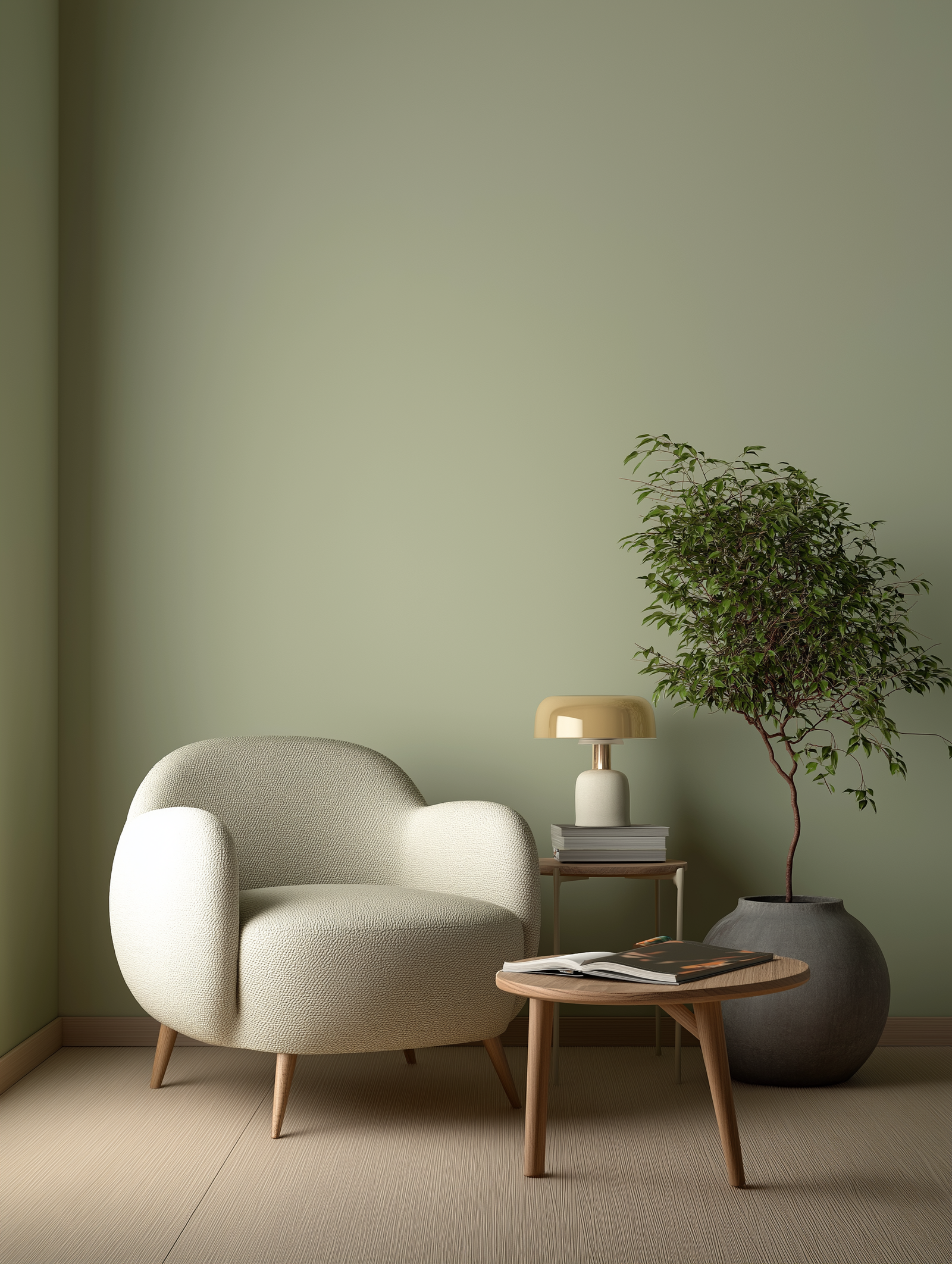Understanding the Basics of Mixing Patterns in Interior Design
Mixing patterns in interior design can elevate your space from ordinary to extraordinary. When executed well, it adds depth, character, and personality to your home. However, the art of combining different patterns can be tricky, and one misstep can lead to visual chaos. In this essential guide, we’ll explore the expert do’s and don’ts of mixing patterns in interior design, ensuring your space remains cohesive and stylish.
Before diving into the do’s and don’ts, it’s important to grasp the fundamentals of mixing patterns in interior design. The key lies in understanding the relationship between patterns, colors, and textures. Successful pattern mixing involves balancing bold designs with subtle ones, varying scales, and ensuring a cohesive color palette.
The Do’s of Mixing Patterns in Interior Design
1. Do Establish a Color Palette

A well-defined color palette is essential when mixing patterns in interior design. Start by selecting two to four colors that resonate with your style and reflect the mood you want to create. This palette will serve as a guide, ensuring all patterns work harmoniously together.
Example: If you’re using a vibrant floral print, pull colors from that print to use in other patterns, like stripes or geometric designs. This creates a seamless flow throughout the room.
2. Do Vary the Scale of Patterns
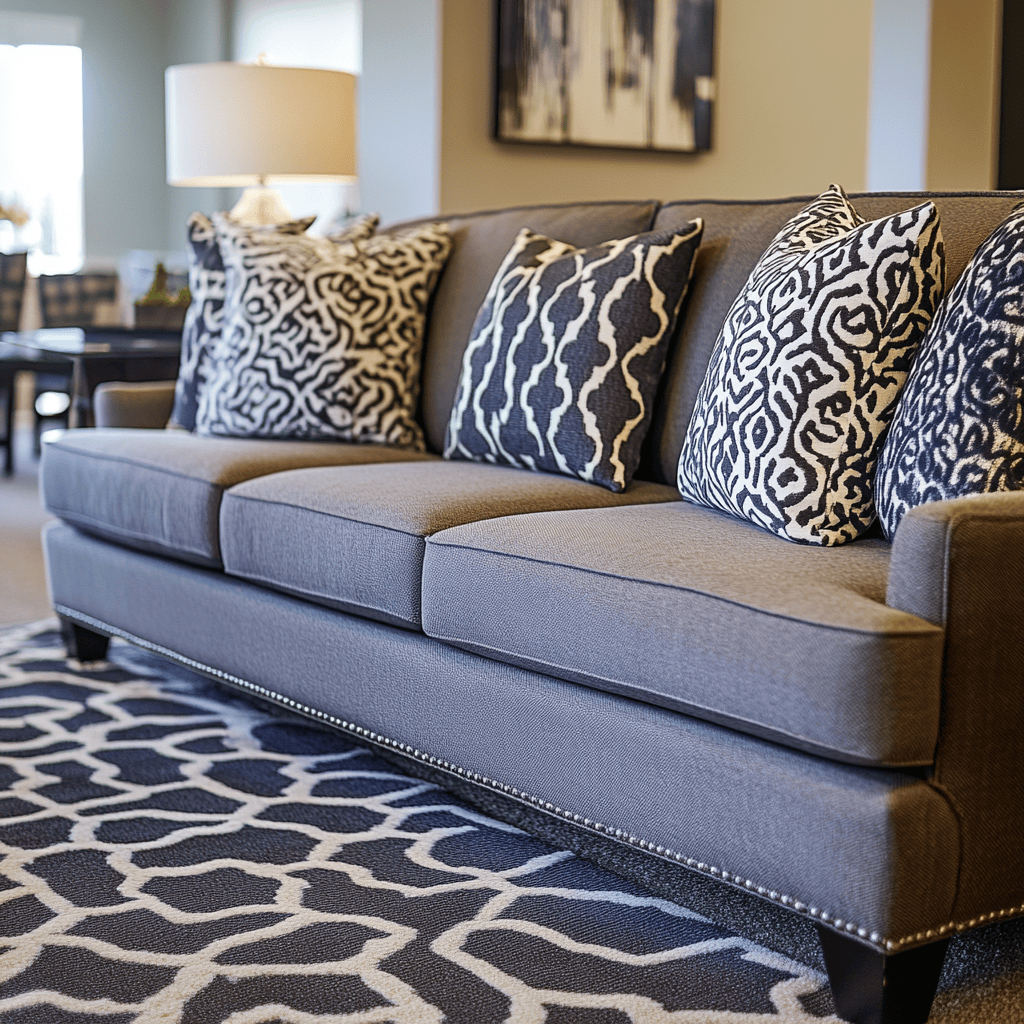
One of the most effective techniques in mixing patterns in interior design is varying the scale of your designs. Combine large, bold patterns with smaller, intricate ones to create visual interest without overwhelming the space.
Tip: Pair a large-scale patterned rug with smaller patterned throw pillows. This contrast adds depth while keeping the design balanced.
3. Do Embrace Texture
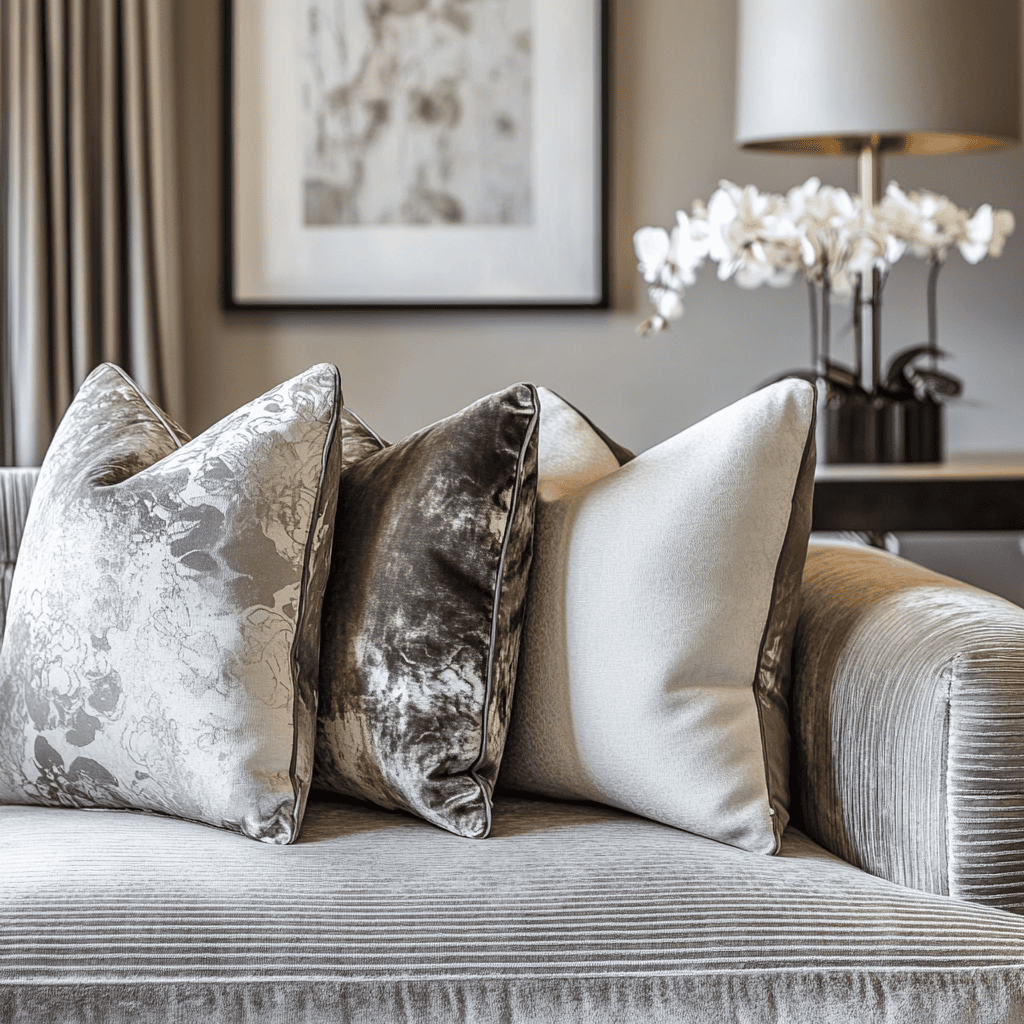
Texture plays a crucial role in mixing patterns in interior design. By incorporating various materials—such as velvet, linen, and wood—you can add layers to your design that enhance the overall aesthetic.
Example: A velvet sofa in a geometric pattern can be complemented by linen cushions featuring a subtle floral print. The different textures create a tactile experience that enriches your design.
4. Do Create Focal Points
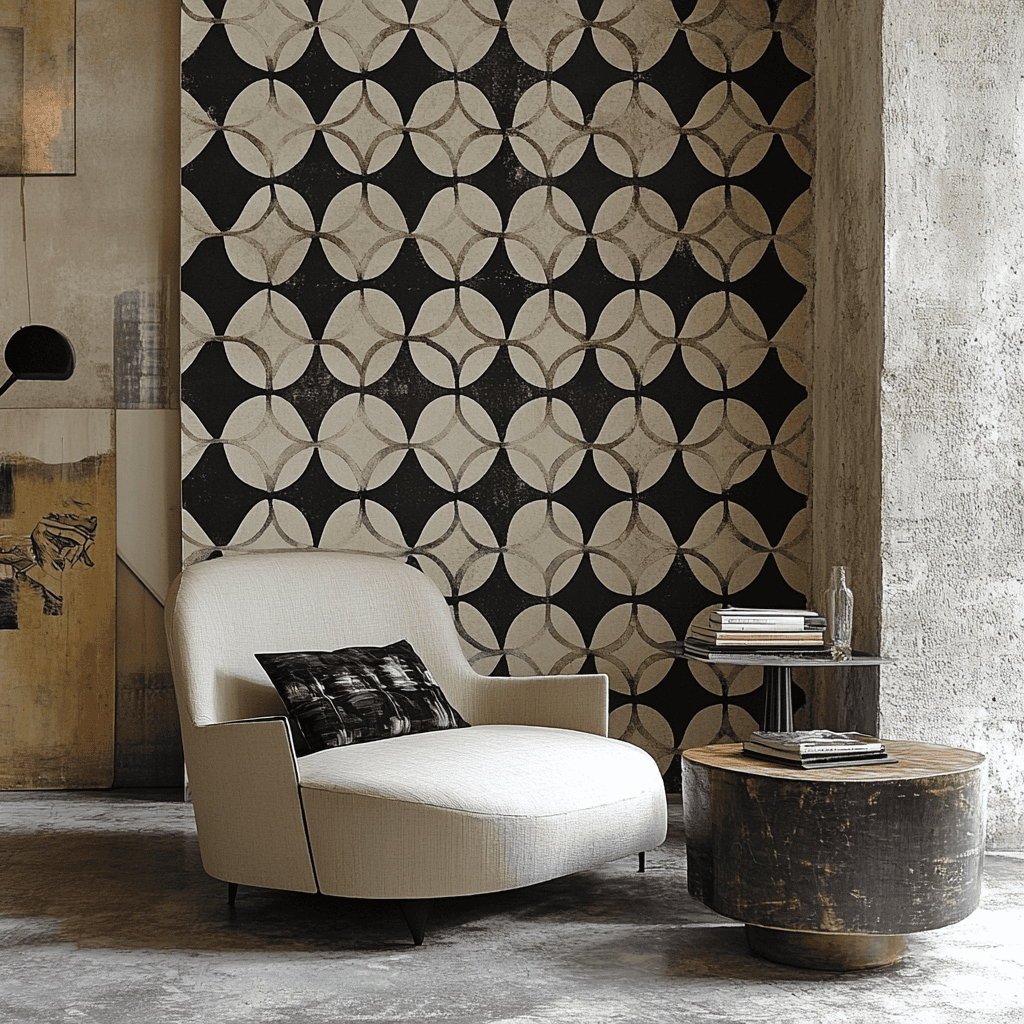
Establishing focal points is vital in any design scheme, especially when mixing patterns. Choose a standout piece—such as a statement wall with bold wallpaper or an oversized patterned piece of furniture—to anchor the room.
Tip: Let your focal point dictate the rest of your design choices, ensuring that the surrounding patterns support and enhance it.
The Don’ts of Mixing Patterns in Interior Design
1. Don’t Overwhelm with Too Many Patterns
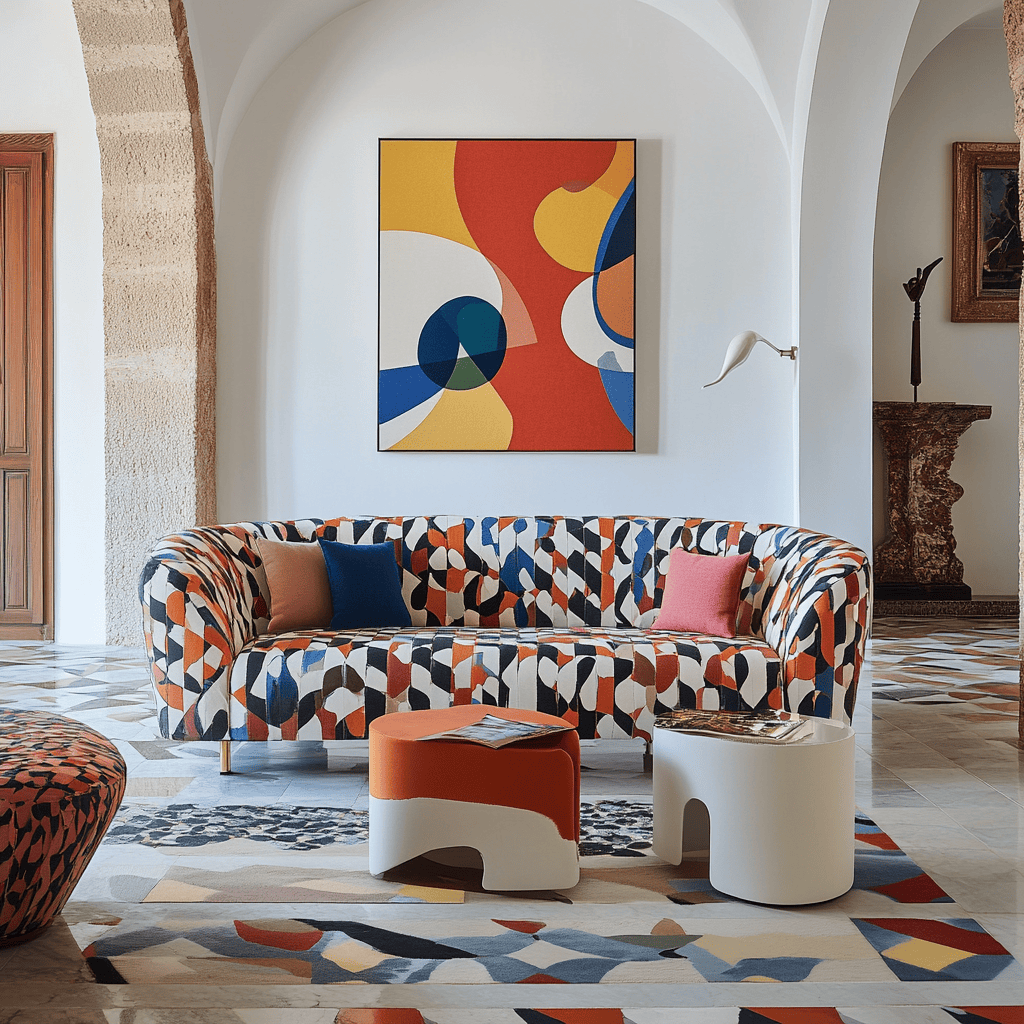
One of the biggest mistakes in mixing patterns in interior design is using too many competing designs. Limit your patterns to two or three key pieces to maintain a cohesive look.
Tip: If you have a bold-patterned sofa, pair it with solid cushions and a patterned rug, rather than mixing multiple bold prints.
2. Don’t Ignore the 60-30-10 Rule

The 60-30-10 rule is a classic guideline that can help you maintain balance in your space. Use 60% of a dominant color, 30% of a secondary color, and 10% for an accent color. This rule also applies to patterns, helping you determine which patterns should take center stage.
Example: Use a large floral pattern for the 60%, a medium-scale stripe for the 30%, and a small-scale polka dot for the 10%. This approach creates a harmonious blend of patterns.
-










Ajui Sofa
£11,016 – £11,400Price range: £11,016 through £11,400 Select options This product has multiple variants. The options may be chosen on the product page -





Alea Ceiling Light
£156 – £244Price range: £156 through £244 Select options This product has multiple variants. The options may be chosen on the product page -

Eniche Orchid White with Black Gold Pot
£130 Read more -
Sale





Joey Armchair
£570Original price was: £570.£536Current price is: £536. Add to cart
3. Don’t Mix Clashing Patterns
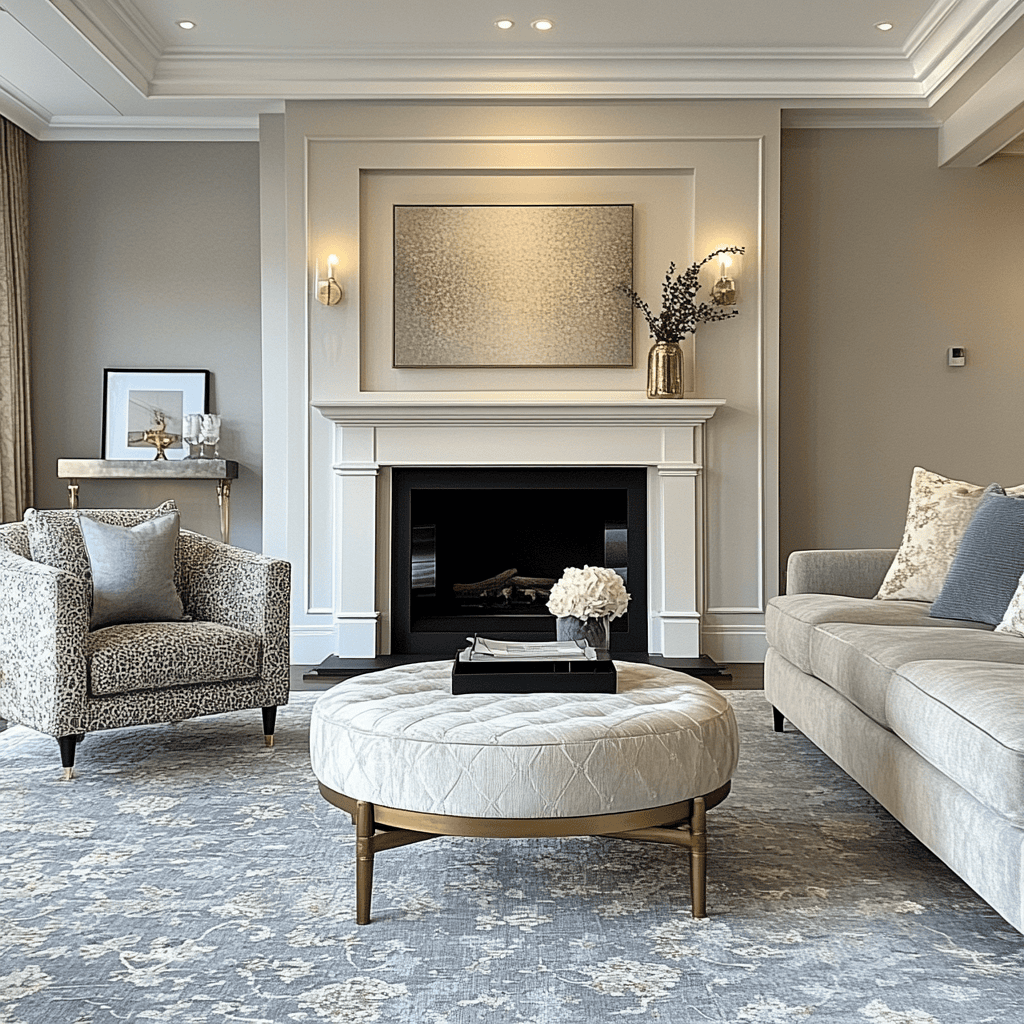
Not all patterns are meant to be mixed. Avoid combining designs that clash or conflict in style. For instance, pairing a traditional floral print with a contemporary geometric pattern can create visual discord.
Tip: Look for patterns that share a common motif or color scheme to ensure a more harmonious mix.
4. Don’t Forget the Room’s Purpose
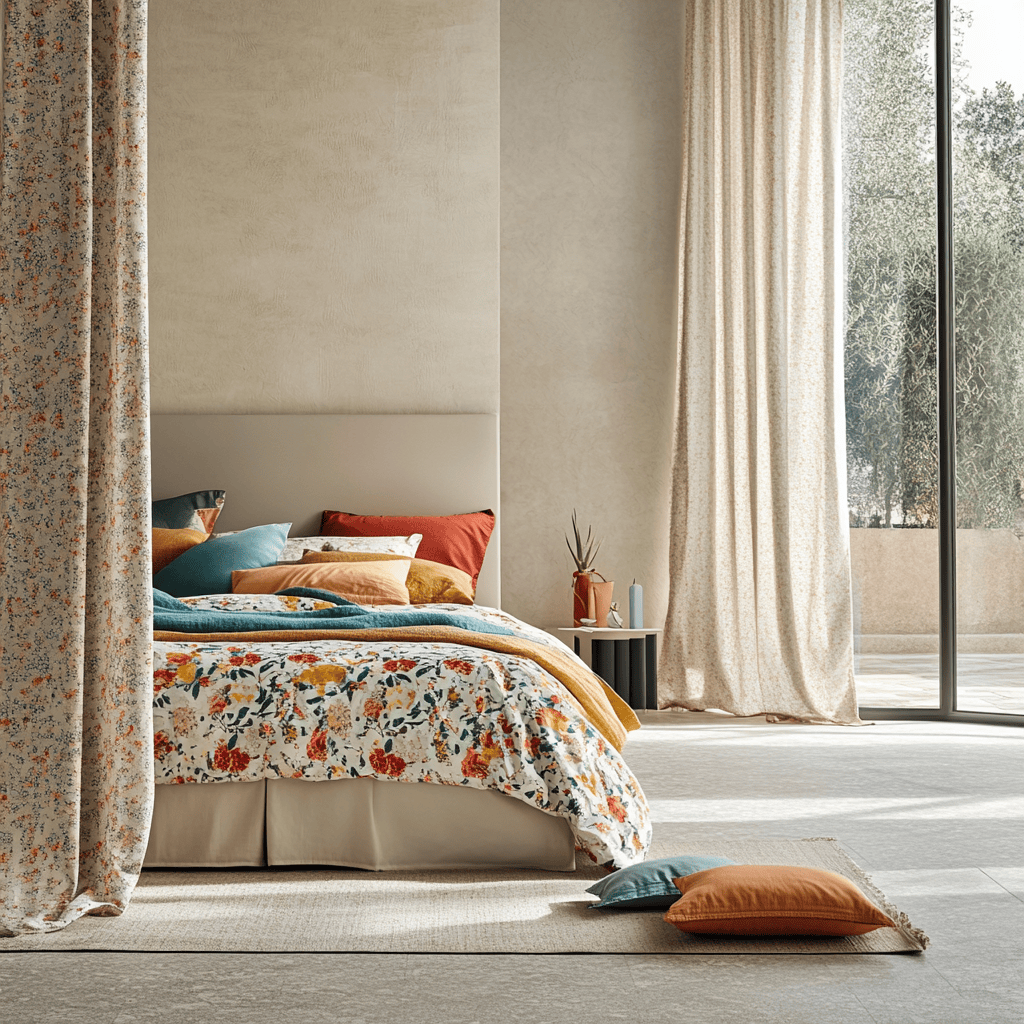
The function of the room should guide your pattern choices. Busy patterns can be overwhelming in spaces designed for relaxation, such as bedrooms or reading nooks. Opt for softer patterns in these areas, while bold patterns can invigorate social spaces.
Example: A calming floral pattern can enhance tranquility in a bedroom, while vibrant stripes or geometric patterns may energize a living room.
Conclusion
Mixing patterns in interior design is an exciting way to express your personal style and create a dynamic living space. By following these expert do’s and don’ts, you can master the art of pattern mixing, achieving a cohesive and stylish look that reflects your unique aesthetic.
Embrace your creativity, experiment with different combinations, and remember that the goal is to create a space that feels inviting and harmonious. So go ahead—mix, match, and make your interiors sing with patterns!
Ready to dive deeper into the world of interior design? Share your thoughts and experiences with mixing patterns in the comments below, and don’t forget to subscribe for more design inspiration and tips!


